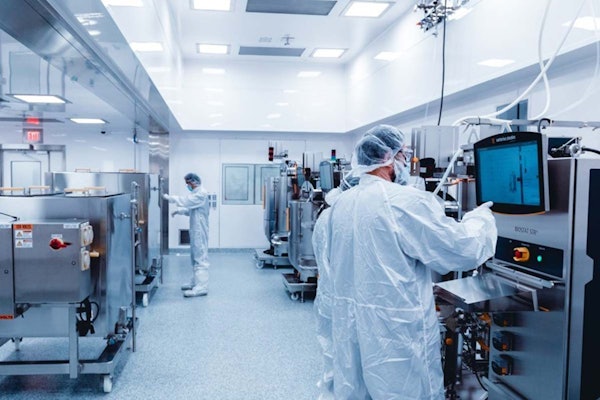RFID-enabled shelving permits item-level tracking at the store level to give retailers precise control to help reduce out-of-stocks. Several years ago Wal-Mart considered testing smart shelves, but an outcry involving privacy issues caused the retailer to abruptly drop the development.
Chief executive officer Bob Scher of RFID vendor and consultancy Dynasys isn't optimistic about the viability of smart shelves—he feels it's impractical for any application other than dedicated products. "There's a lot of interest until clients find out how much it costs," he says.
But he is a proponent of RFID technology deployed in a similar way for smart cabinets, which can be used to track valuable or sensitive inventory like controlled substances or medical devices. Scher's company has been involved with a dozen prototype projects during the past five years, all under NDAs.
"But the only way you can make smart shelves work effectively is if the packaged products are very predictable in how they're placed within the shelf or cabinet," Scher explains. "They've got to be tagged in a predictable way, and they've got to be stored in a predictable way."
Scher says it can be done at high-frequency or ultra-high frequency, HF or UHF, 13.56 MHz or 915 MHz, respectively, though the latter must be near-field UHF.
One prototype that Dynasys developed was for an RFID-enabled smart cabinet the size of a refrigerator done for an orthopedic parts manufacturer. It was installed in the operating room to house the various lengths of orthopedic rods. For example, when the surgeon called for a packaged rod during surgery, three of various lengths could be removed and two that weren't used could be returned to the cabinet.
"They could keep track of inventory," Scher says, "and though the client didn't move forward, it worked great." He estimates by the time the cabinet was customized, it must have cost $20,000. "But if a particular smart shelf design could be put into high 'cookie-cutter' production, it could become available for around $1,000 or less," Scher adds. He believes smart shelves and cabinets will continue to remain a niche opportunity.
By Rick Lingle, Technical and RFID Editor, Packaging World
Chief executive officer Bob Scher of RFID vendor and consultancy Dynasys isn't optimistic about the viability of smart shelves—he feels it's impractical for any application other than dedicated products. "There's a lot of interest until clients find out how much it costs," he says.
But he is a proponent of RFID technology deployed in a similar way for smart cabinets, which can be used to track valuable or sensitive inventory like controlled substances or medical devices. Scher's company has been involved with a dozen prototype projects during the past five years, all under NDAs.
"But the only way you can make smart shelves work effectively is if the packaged products are very predictable in how they're placed within the shelf or cabinet," Scher explains. "They've got to be tagged in a predictable way, and they've got to be stored in a predictable way."
Scher says it can be done at high-frequency or ultra-high frequency, HF or UHF, 13.56 MHz or 915 MHz, respectively, though the latter must be near-field UHF.
One prototype that Dynasys developed was for an RFID-enabled smart cabinet the size of a refrigerator done for an orthopedic parts manufacturer. It was installed in the operating room to house the various lengths of orthopedic rods. For example, when the surgeon called for a packaged rod during surgery, three of various lengths could be removed and two that weren't used could be returned to the cabinet.
"They could keep track of inventory," Scher says, "and though the client didn't move forward, it worked great." He estimates by the time the cabinet was customized, it must have cost $20,000. "But if a particular smart shelf design could be put into high 'cookie-cutter' production, it could become available for around $1,000 or less," Scher adds. He believes smart shelves and cabinets will continue to remain a niche opportunity.
By Rick Lingle, Technical and RFID Editor, Packaging World


















